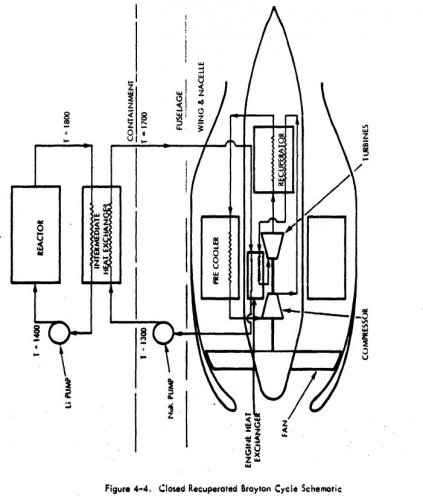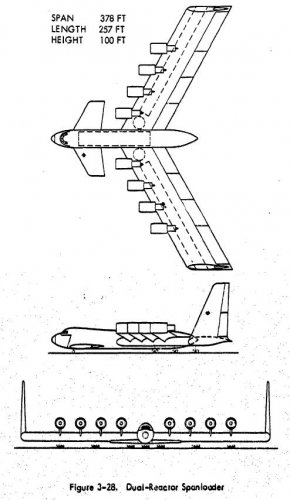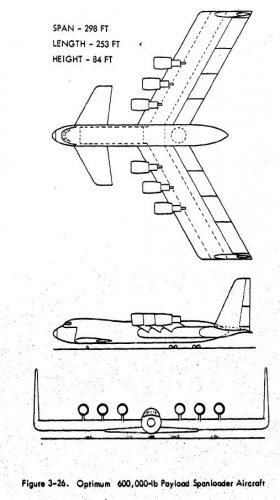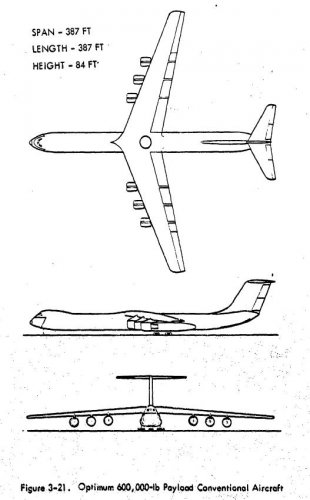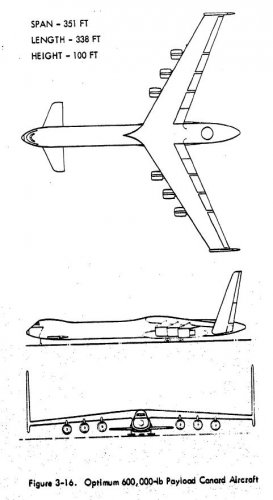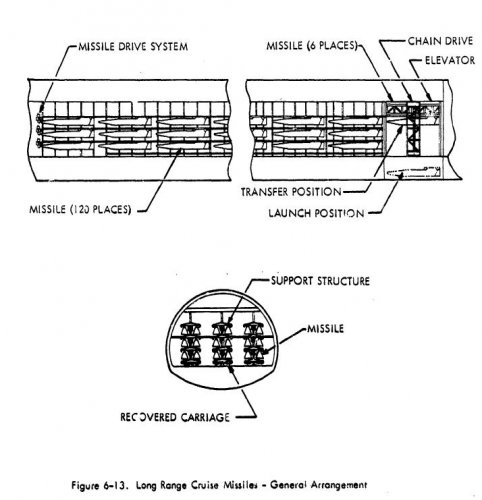Parametric analyses and design refinement studies were performed for conventional, canard, and spanloader aircraft configurations to determine the lightest ramp weight configuration with a nuclear propulsion system. Mission requirements for these analyses were: 400,000 and 600,000-lb payloads, 0.75 cruise Mach number, 1000 n.m. emergency chemically-fueled range, and a 9000-ft field length. The canard configuration was between one and ten percent lighter in ramp weight than the other candidates at both payloads. Comparison were made of the reference, (Brayton nuclear propulsion cycle and canard wing configuration) and alternate nuclear aircraft with JP-fueled aircraft to determine that design range value which will result in JP-fueled aircraft with the same ramp weights or life-cycle costs as the nuclear aircraft. The results showed the equal ramp weight cross-over ranges to be 9200 and 7850 n.m. relative to the reference and alternate nuclear aircraft, respectively. For mission ranges exceeding these values, the nuclear aircraft will be lighter in weight. The converse is true for shorter ranges. Similarly, the life-cycle cost ranges were 11,950 and 11,100 n.m., respectively. However, a 300-percent fuel price increase reduced these ranges to 6100 and 4700 n.m., respectively. Thus, as the severity of the energy shortage increases fuel prices, the future prospects for airborne nuclear propulsion will improve.
